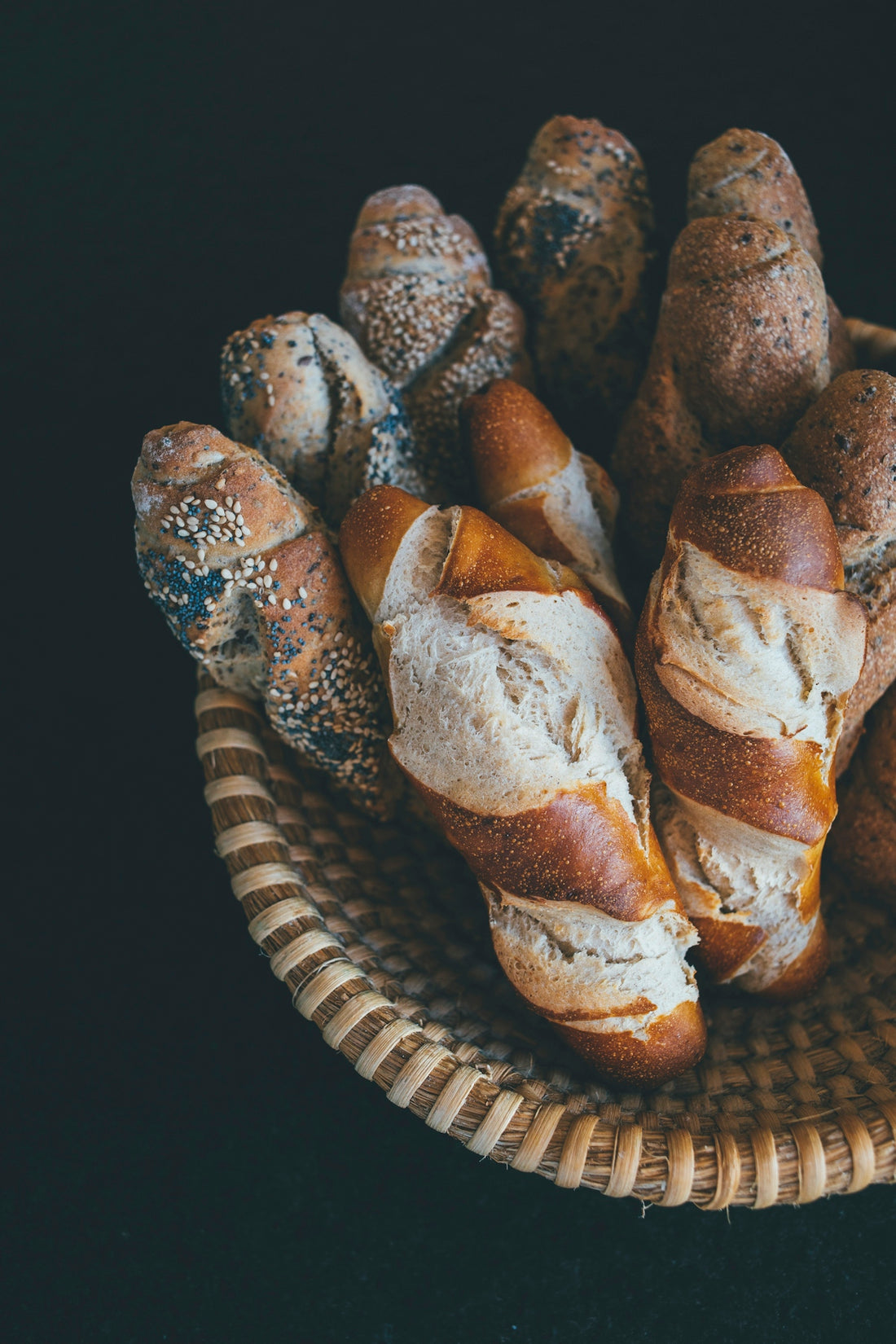
Common Challenges Answered: The Ultimate Sourdough Bread Troubleshooting Guide
Welcome to a journey through the rustic and rewarding world of sourdough. As you embark on the path of mastering homemade sourdough, you may encounter a set of challenges unique to this age-old baking tradition. With the proper know-how, these challenges can become stepping stones to achieving that perfect, crusty loaf. In this guide, we'll tackle the most common issues faced by sourdough enthusiasts, offering insights and solutions to elevate your artisan bread baking. If you're passionate about sourdough or just starting your journey, Italian Sourdough is your go-to resource.
Understanding Your Sourdough Starter
The Foundation of Sourdough Baking
Sourdough baking begins with a lively culture known as a sourdough starter. This mixture of flour and water hosts wild yeast and beneficial bacteria, which is crucial for the fermentation process. A well-maintained starter is essential for producing consistent bakes.
Sourdough Starter Troubleshooting
My Starter Isn't Bubbling
Solution: If your sourdough starter lacks the lively bubbles that indicate robust fermentation, it might need more frequent feedings. Make sure you're following a regular sourdough starter feeding schedule of at least twice a day. Opt for organic flour to encourage healthy microbial activity. More feeding tips can be found here.
How to Feed Sourdough Starter
Maintaining a sourdough starter involves regular feedings to keep it active. Combine equal parts water and flour, mix with your starter, and allow it to ferment at room temperature. It's best to discard a portion before each feeding to manage the starter’s volume and concentration of wild yeast.
How to Store Sourdough Starter
Proper storage depends on how frequently you plan to bake. Keep it at room temperature if baking regularly. For weekly baking, refrigerate your starter, and bring it out a day or two in advance to revive it with a feeding.
Sourdough Starter vs. Commercial Yeast
Sourdough starter relies on wild yeast fermentation, offering a more complex flavor profile than commercial yeast. This method is not only for flavor but also imbues bread with improved digestibility and nutritional benefits.
Bread-Making Techniques and Tools
Crafting Easy Sourdough Bread
Embarking on your first sourdough bread recipe? Keep it simple. Master the basics with easy sourdough bread recipes and gradually experiment with more complex techniques.
How to Shape Sourdough Bread
Shaping sourdough bread can be tricky. Start by gently forming your dough into a ball, then use a bench scraper or your hands to tighten the shape. Practice different techniques to find what works best for your dough's hydration level.
Best Sourdough Scoring Techniques
Scoring is essential for controlling the bread’s expansion in the oven. Use a sharp blade to make decisive cuts in your dough. Experiment with patterns to create a pleasing aesthetic while ensuring your loaf bakes evenly.
Baking with Thorough Preparation
To achieve the perfect loaf, invest in quality tools. Consider a 5.5 Quart Red Le Creuset Dutch Oven to ensure even heat distribution and a beautiful crust.
Solving Sourdough Baking Problems
Baking Challenges Solved
How to Get a Crispy Sourdough Crust
A well-developed crust requires steam and heat. Preheat your oven with a lidded Dutch oven or add a pan of water to create steam. Remove the lid halfway through baking for a beautifully caramelized crust.
How to Maintain Sourdough Bread Fermentation
Monitor temperature and humidity closely. Fermet lower temperatures for longer periods to develop deeper flavor profiles and texture.
Sourdough vs. Regular Bread
Sourdough’s prolonged fermentation unlocks health benefits, making it a favorable option, particularly for those managing blood sugar levels. Diabetics might find sourdough beneficial due to its lower glycemic index.
Creating with Sourdough Discard
Don't waste what's left after feeding your starter. Delight in creating recipes with sourdough discard, such as savory or sweet treats, to minimize waste and maximize flavor.
Expanding Your Sourdough Creations
Explore beyond traditional loaves with sourdough pizza dough and sourdough bagels. Check out Nonna Bella's Bamboo Pizza Board for a seamless transfer from peel to oven.
Conclusion: My Sourdough Life
Embracing the sourdough lifestyle means nurturing a tradition that blends flour, water, and time into a narrative of aroma and taste. The learning curve is part of its charm. With each challenge solved, your connection to the dough deepens.
By cultivating beautiful Italian sourdough bread, you’ll join a legacy of home bakers who appreciate the artisan touch. Dive deeper into Italian Sourdough for continuous knowledge and unique tools that enhance your sourdough adventure. May your baking be as fulfilling as the bread it yields. Happy Baking!
